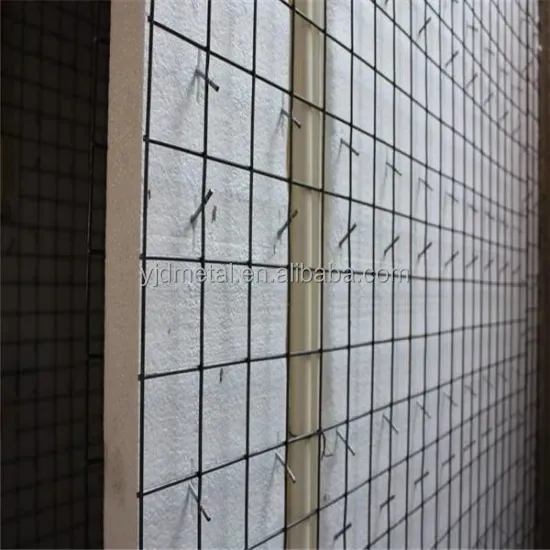

Professional installers often recommend the use of a drywall screw setter or a dimpler attachment for your drill. These tools help achieve consistent screw depth, which is crucial in ceiling installations where uniformity impacts both aesthetics and performance. Uneven screw placement can result in uneven drywall surfaces, leading to costly repairs and potential safety hazards. For do-it-yourself enthusiasts, understanding proper safety procedures can’t be overstated. Installing drywall on ceilings often involves working on ladders or scaffolding, which presents significant fall risks. Always ensure that your work platform is stable and that you have proper lighting to avoid mistakes that might require redoing sections of the ceiling. The environment in which you are working should also inform your choices. For instance, high-moisture areas such as bathrooms or kitchens require moisture-resistant drywall and accompanying screws to prevent mold and degradation. Here, investing in stainless steel screws, though a bit more costly, offers peace of mind by combating the corrosive effects of moisture. Lastly, the emphasis on using quality products cannot be underscored enough. Investing in reputable brands with proven track records in building materials can safeguard against substandard screws that might fail under pressure. Reliable manufacturers provide quality assurances and warranties, adding an extra layer of security to your project. In conclusion, selecting drywall screws for ceiling installation is not merely about picking a few boxes at random. It's an exercise that demands careful consideration of the ceiling's material, environment, and support structure, paired with a diligent and informed installation process. By understanding the mechanics and materials involved, and implementing best practices, you ensure a professional finish that stands the test of time. This comprehensive approach not only enhances the overall aesthetic and functional quality of your ceiling but also significantly reduces the likelihood of unforeseen issues or costly rectifications down the line.

















